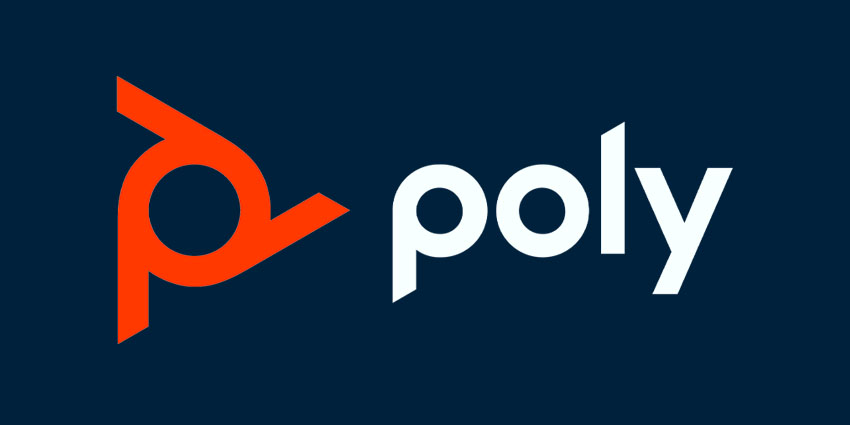Workers who relished the flexibility, efficiency and productivity of hybrid working have no desire to return to permanent office life full time. 80% of Europe and the Middle East employees now prefer to spend some days working from home, according to Poly’s recent research. These workers want flexibility, and with the economy picking up and the “great resignation” underway, they have more power to choose how and where they should work from.
To enable this, offices will no longer necessarily be physical spaces with defined, individual spots. Future workplaces will be ecosystems of spaces and rooms that match the working habits or needs of different personas. People will no longer go into the office because they must, but because they want specific, person to person interaction. This will lead to significant changes in architecture, real estate, room design and investment in collaboration devices and technologies in future office buildings.
However, organisations need to not only meet employees’ needs for flexible hours, but they also need to ensure collaboration is enabled, so workers are happy and productive. “Organisations that fail to support a flexible workplace in 2022 will struggle to build a collaborative culture,” says Paul Clark, senior vice president for Europe, the Middle East and Africa, Poly. “During the pandemic, shrinking networks affected innovation and creativity. Informal chats or unscheduled meetups no longer happened, yet collaborative moments like these contribute to knowledge sharing and problem-solving. Collaboration is required for a happy workforce, with the link between employee well-being and business performance well documented.”
For Clark, the traditional 9-5 office day belongs to another era in which people were chained to office desks and had to be near paper files. Now, with documents stored in the cloud and the latest UC tools and solutions providing better than ever connected experiences, that mentality seems archaic.
“People want work-life balance with the flexibility to visit their dentist, attend a school play, or swap their working days around to be able to meet up with an old friend who’s in town,” he adds. “Rather than being an asset that requires managing, employees have adopted a customer persona; they know what they want, why, when, and how and they’ll tell you. Ignore them and they’ll go elsewhere.”
With hybrid working now normality, employers have moved on from temporary, best effort solutions to the problems of the pandemic. They are now engaging in putting in place permanent architectures that reflect the new needs of workers and the business. Providing a choice of where and when people work is a great leveler and a catalyst for easy, meaningful and productive collaboration, enabling all workers to engage and perform at their very best.
Putting everyone on a level playing field in terms of a baseline of unified communications capabilities and equipment is, therefore, an essential element of the new workplace. This approach also presents a great opportunity for HR, IT, facilities management, and the wider business to be more attuned to what employees want from their experience of work and this will be vital to attracting and retaining workers. Recent Stanford University research shows that more than 40% of workers would actively look elsewhere if their employers fail to offer hybrid working.
“Clarity and quality of image and sound are essential to better collaboration between colleagues,” explains Clark. “No matter where people choose, or have, to work from – their car, a meeting room, or home – they will expect to be supported by devices and technologies that guarantee equal inclusivity. Access to reliable communications is key to ensuring people receive the same information, at the same time and to avoid any inadvertent bias.”







